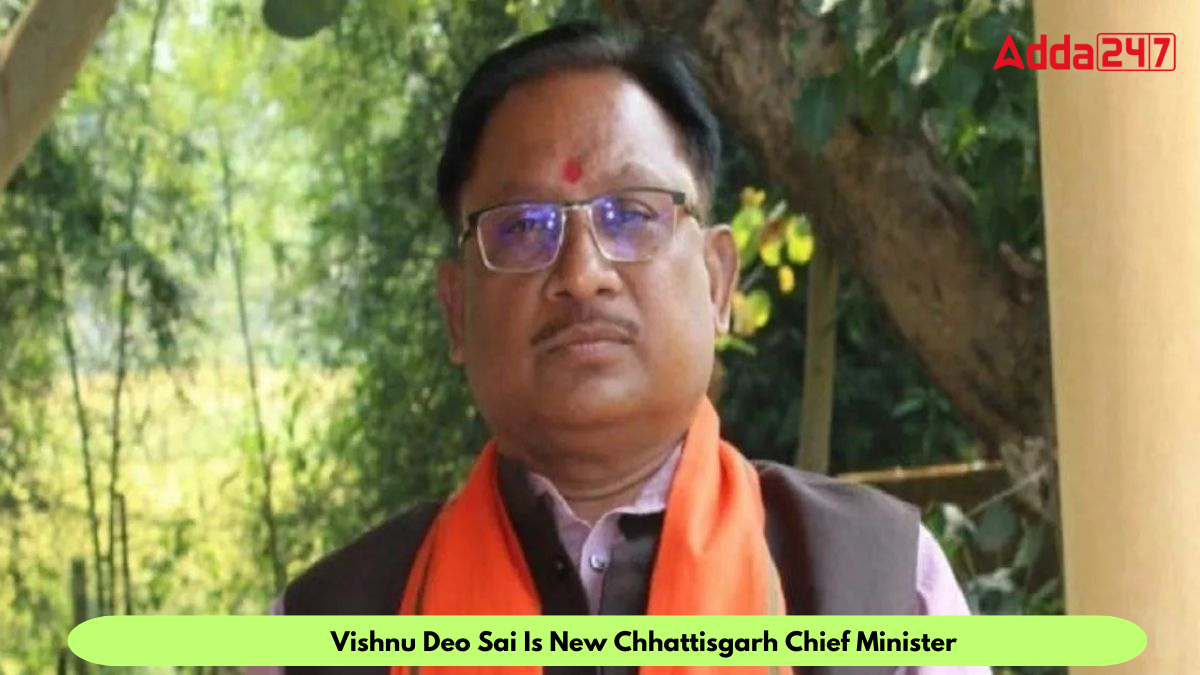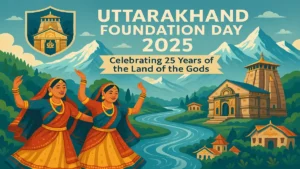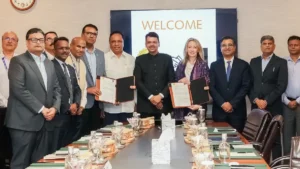In a strategic move ahead of the 2024 general elections, the Bharatiya Janata Party (BJP) has selected Vishnu Deo Sai, a tribal leader and former Union Minister, as its candidate for the Chief Minister’s position in Chhattisgarh. This decision was formalized during a meeting of the 54 newly-elected MLAs, where Vishnu Deo Sai was elected as the leader of the BJP’s legislature party.
Background and Political Profile
Vishnu Deo Sai, 59, is a four-term Member of Parliament and has previously served as the president of the Chhattisgarh unit of the BJP from 2020 to 2022. He is recognized for his organizational skills and maintains a non-controversial image in the political arena. Having been a member of the BJP National Working Committee, Sai has a long-standing association with the party.
His political journey commenced at the grassroots level as a panchayat leader, and later, he served as a member of the Madhya Pradesh assembly from 1990 to 1998. In 1999, he secured a seat in the 13th Lok Sabha and continued to be re-elected in subsequent Lok Sabha elections from Raipur.
Party and Ideological Affiliations
Vishnu Deo Sai enjoys the favor of the Rashtriya Swayamsevak Sangh (RSS), the ideological mentor of the BJP. His proximity to former Chief Minister Raman Singh, a prominent figure in Chhattisgarh politics, further strengthens his position within the party.
Government Experience
When the Narendra Modi government assumed power in 2014, Vishnu Deo Sai was appointed as the junior minister for steel, showcasing his experience and capabilities at the national level.
Election Victory and Tribal Vote Focus
In the recent Chhattisgarh assembly elections, Vishnu Deo Sai secured victory from the Kunkuri Tribal seat with a substantial margin of over 25,000 votes. With this appointment as the chief ministerial candidate, the BJP aims to capitalize on the sizable tribal votes in the state for the upcoming 2024 general elections.
The BJP emerged victorious in Chhattisgarh with 54 seats, while the Congress managed to secure only 35 seats. Vishnu Deo Sai’s leadership is expected to play a crucial role in the party’s strategy and campaign leading up to the elections, as the BJP aims to consolidate its presence in the state.
Important takeaways for all competitive exams:
- Chhattisgarh Capital: Raipur (Executive Branch);
- Chhattisgarh Governor: Biswabhusan Harichandan;
- Chhattisgarh Bird: Common hill myna;
- Chhattisgarh Districts: 33 (5 divisions);
- Chhattisgarh Flower: French marigold;
- Chhattisgarh Fruit: Jackfruit.
Important Questions Related to Exams
1. Who is Vishnu Deo Sai, and why is he significant in Chhattisgarh politics?
Sol. Vishnu Deo Sai is a tribal leader and former Union Minister, known for his organizational skills and non-controversial image. He has served as the president of the Chhattisgarh unit of the BJP and is a four-term Member of Parliament.
2. What was the outcome of the recent Chhattisgarh assembly elections for Vishnu Deo Sai?
Sol. Vishnu Deo Sai won from the Kunkuri Tribal seat with a substantial margin of over 25,000 votes in the recent Chhattisgarh assembly elections.




 Tamil Nadu Adds Five New Products to Its...
Tamil Nadu Adds Five New Products to Its...
 Uttarakhand Foundation Day 2025: Celebra...
Uttarakhand Foundation Day 2025: Celebra...
 Maharashtra Signs Landmark Deal With Sta...
Maharashtra Signs Landmark Deal With Sta...







